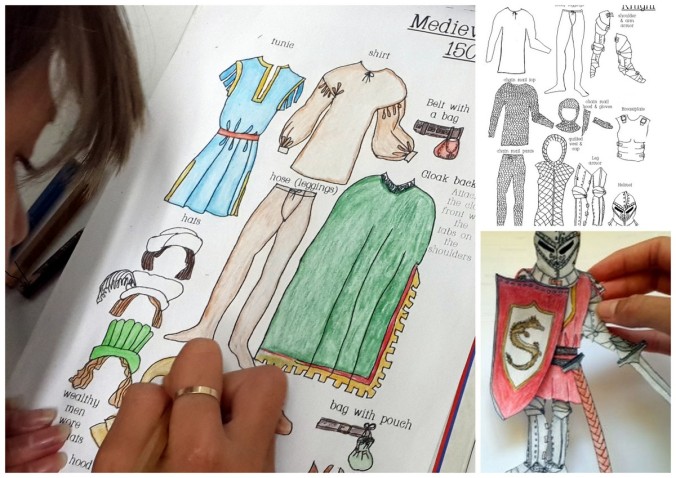In response to my post Sketching Again, a reader recently asked,
“How much time do we as moms need each day to be creative? “
I suppose it depends on your family life and demands on your time, and whether you enjoy creative activities. Enjoyment is a powerful motivation.
If I can carve just 20 minutes of creative sketch time for myself, I feel so grateful and rewarded. This is not every day, and it is not always possible when life and stressful situations are more important, but it is something I find easy to pick up and do when there is a lull or gap in my days. Right now, with just one teen to assist in her homeschooling, I have a lot more free time than I had while juggling three young kids all on different cores so I can find time to be creative!
We need to grow and be creative ourselves in order to give continually to others.
For some folk that “creative / me time” may be physical, such as going for a brisk walk or run, doing a quick workout, or taking a nice hot bath with soft music playing. Others need to be alone, maybe to read a book or listen to a podcast. Some love to garden, sew, knit, quilt, or sketch.
When the children are young, then it is best to sketch or craft with them. Within a few weeks of doing sketches or nature journal prompts, the kids feel more confident and know what to do and can pretty much work without your help, giving you that time to do the activity along with them.

Doing art together with my children. You’ll see my art page at the bottom of the picture.
We enjoyed Fabulous Fine Arts Fridays, a whole day for our Music and Art Appreciation lessons and some poetry or Shakespeare. Our Fridays were always so relaxing and enjoyable, so different from our normal school schedule, that we all looked forward to this time together. It was also very informal. We simply listened to a classical music piece while observing an artist’s work and often did some art ourselves.
Sketch Tuesdays always were a wonderful opportunity to draw and sketch something really simple. Because we had a whole week to complete the sketch, there never was any pressure. And despite there being no feedback or critique given, the children learnt so much about their art and skills simply by viewing the slideshow and experimenting with new and different art mediums. We sometimes copied other famous artist’s style in some of our Sketch Tuesday sketches, discovering the artist’s true talent and ability. Again, it is fairly simple to pull out some paper and sketch and paint right alongside your children.
Otherwise, simply do something creative and personally rewarding in the afternoons while the family are doing their own thing. I often find a half hour after lunch before I need to take down washing or start preparing dinner. Weekends are also a good time to sketch, paint, garden, sew or do some sort of creative hobby.
If you have lots of children, or little babies or busy toddlers, then you may be deep in the trenches, and creative time for yourself might be impossible for this season, but, remember, that this season will pass, and you will be able to have your body and space back!
Blessings to you as you carve out small Mother Culture moments for yourself each week.
In Grace, Nadene
-
Subscribe Click to receive all my new posts packed with practical tips, projects, plans, pages & art ideas by email
-
Facebook Follow Practical Pages on Facebook

























































 Lara drew our family in Stik style –
Lara drew our family in Stik style – Lara then created another beautiful art work. Although it is not the in the style of the contemporary artists we studied, she wanted to express her thoughts in a creative way.
Lara then created another beautiful art work. Although it is not the in the style of the contemporary artists we studied, she wanted to express her thoughts in a creative way. 





 whose work noted for his colorful and fantasy-style of art depicting a world of semi-abstract, dreamlike images. His style was always highly imaginative, often strange, and sometimes playful. Klee himself defined his art as “taking a line for a walk”.
whose work noted for his colorful and fantasy-style of art depicting a world of semi-abstract, dreamlike images. His style was always highly imaginative, often strange, and sometimes playful. Klee himself defined his art as “taking a line for a walk”.





You must be logged in to post a comment.